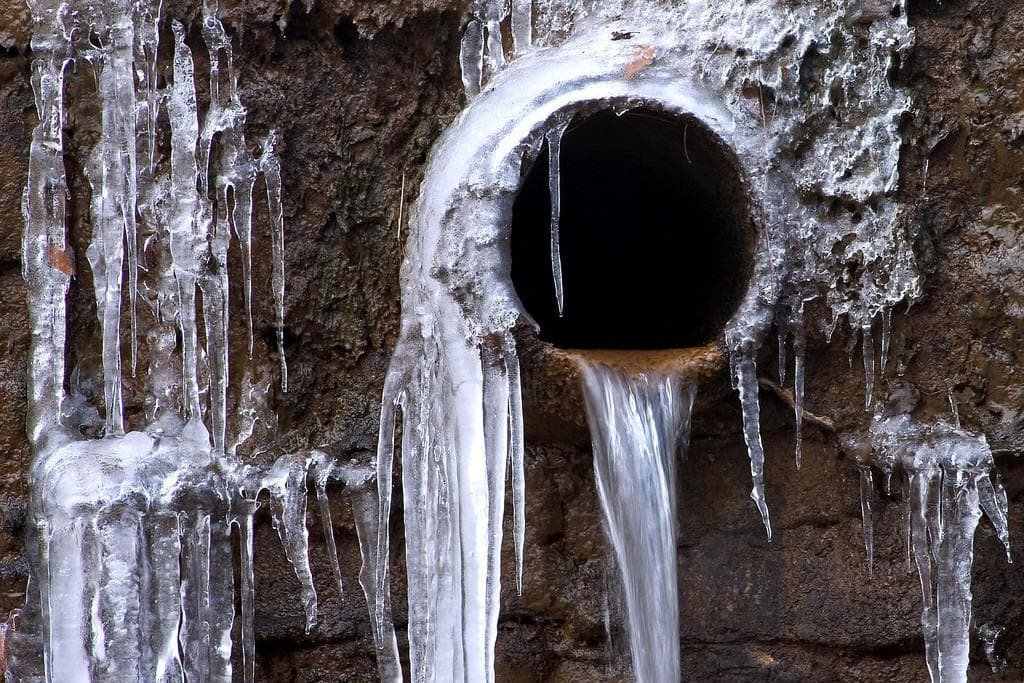We have encountered this post on Preventing and dealing with frozen pipes directly below on the net and reckoned it made sense to share it with you on this site.

Winter can wreak havoc on your plumbing, especially by freezing pipes. Below's just how to avoid it from happening and what to do if it does.
Intro
As temperatures decline, the risk of icy pipes boosts, potentially causing expensive repairs and water damage. Recognizing how to avoid icy pipelines is important for home owners in cold climates.
Understanding Frozen Pipes
What triggers pipelines to ice up?
Pipelines ice up when exposed to temperatures below 32 ° F (0 ° C) for expanded durations. As water inside the pipelines freezes, it expands, putting pressure on the pipe walls and potentially causing them to break.
Threats and damages
Frozen pipes can lead to water supply disruptions, residential or commercial property damages, and expensive repair services. Ruptured pipelines can flooding homes and trigger substantial architectural damages.
Indicators of Frozen Pipes
Identifying frozen pipelines early can stop them from breaking.
Just how to recognize icy pipes
Look for decreased water circulation from taps, unusual odors or noises from pipelines, and visible frost on subjected pipelines.
Avoidance Tips
Insulating vulnerable pipelines
Cover pipes in insulation sleeves or utilize warmth tape to protect them from freezing temperature levels. Focus on pipelines in unheated or external locations of the home.
Heating strategies
Keep indoor areas appropriately heated up, particularly areas with pipes. Open closet doors to allow cozy air to circulate around pipelines under sinks.
Protecting Outside Pipes
Yard hoses and outside taps
Disconnect and drain pipes yard hose pipes prior to winter season. Install frost-proof spigots or cover outside faucets with insulated caps.
What to Do If Your Pipelines Freeze
Immediate activities to take
If you think frozen pipelines, keep faucets open up to eliminate stress as the ice melts. Utilize a hairdryer or towels soaked in hot water to thaw pipelines slowly.
Long-Term Solutions
Architectural changes
Consider rerouting pipes far from outside walls or unheated locations. Add additional insulation to attics, cellars, and crawl spaces.
Upgrading insulation
Purchase high-grade insulation for pipes, attic rooms, and wall surfaces. Proper insulation helps preserve constant temperatures and reduces the threat of frozen pipelines.
Verdict
Preventing frozen pipelines calls for proactive steps and fast responses. By recognizing the causes, indications, and safety nets, house owners can shield their plumbing during winter.
6 Proven Ways to Prevent Frozen Pipes and Protect Your Home
Disconnect and Drain Garden Hoses
Before winter arrives, start by disconnecting your garden hoses and draining any remaining water. Close the shut-off valves that supply outdoor hose bibs and leave the outdoor faucet open to allow any residual water to drain. For extra protection, consider using faucet covers throughout the colder months. It’s also important to drain water from any sprinkler supply lines following the manufacturer’s directions.
Insulate Exposed Pipes
Insulating your pipes is an effective way to prevent freezing. Pipe insulation is readily available at home improvement stores and is relatively inexpensive. Pay close attention to pipes in unheated areas such as the attic, basement, crawl spaces, or garage. Apply foam insulation generously to create a buffer against the cold. You can also wrap your pipes in heat tape or thermostat-controlled heat cables for added warmth.
Seal Air Leaks
Inspect your home for any cracks or openings that could let in cold air. Seal any holes around the piping in interior or exterior walls, as well as the sill plates where your home rests on its foundation. Additionally, make sure to keep your garage door closed unless you’re entering or exiting. Leaving it open creates a significant air leak that can lead to frozen pipes.
Allow Warm Air Circulation
During cold snaps, it’s essential to allow warm air to circulate evenly throughout your home. Leave interior doors ajar to promote better airflow. Open kitchen and bathroom cabinets to help distribute heat consistently around the rooms. If you have small children or pets, be sure to remove any household chemicals or potentially harmful cleaners from open cabinets for safety.
Let Faucets Drip
A small trickle of water can make a big difference in preventing ice formation inside your pipes. When temperatures drop significantly, start a drip of water from all faucets served by exposed pipes. This continuous flow helps prevent the water from freezing. Additionally, running a few faucets slightly can relieve pressure inside the pipes, reducing the chances of a rupture if the water inside does freeze.
https://choateshvac.com/6-proven-ways-to-prevent-frozen-pipes-and-protect-your-home/

Hopefully you enjoyed our excerpt on Preventing and dealing with frozen pipes. Thanks a ton for taking the time to read through our article. Feel free to take a moment to promote this write-up if you enjoyed reading it. Thank-you for taking the time to read it.
Click Here To Find Out More